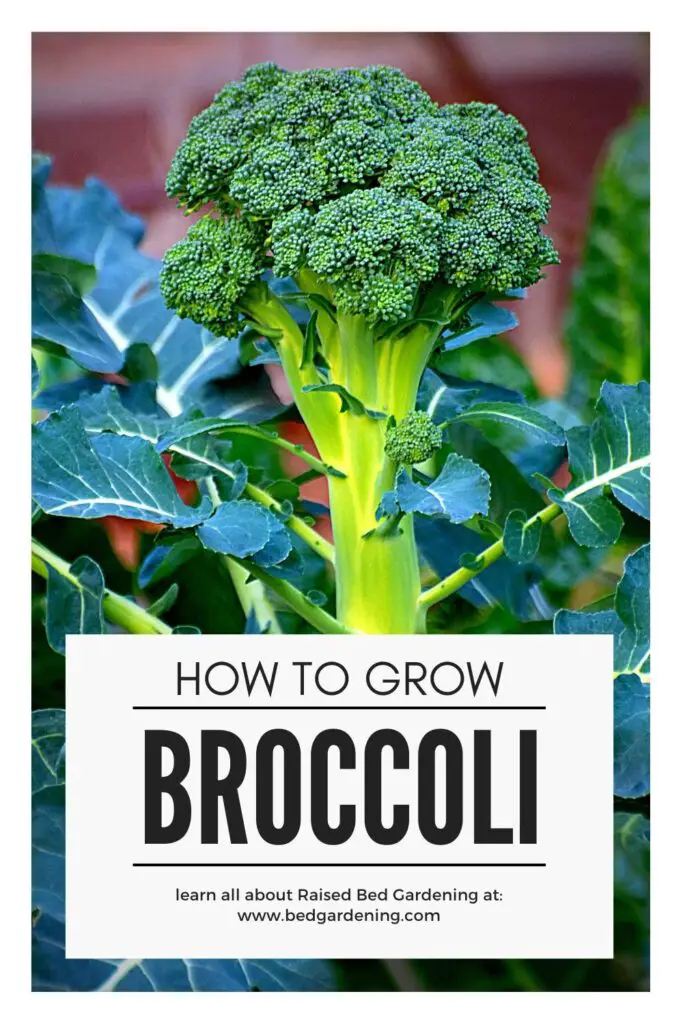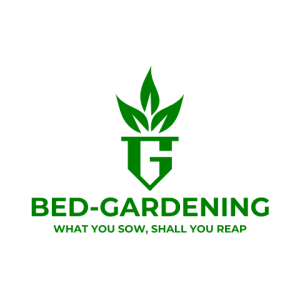Gardening is such a skill, and this knowledge can help you to pick the best harvest you have ever grown next year and the year after that. If you are thinking of a nutritious vegetable for your raised bed of garden then broccoli is a good option.
Broccoli belongs to the cruciferous family, along with cauliflower, cabbage and kale and it can be eaten raw or cooked. Broccoli contains a high source of multiple vitamins, minerals, and fiber.
You know that many vegetables lose their nutritious value after cooking but broccoli is different as boiling, microwaving, stir-frying and steaming do not alter its nutritious composition, whether you eat it as cooked or raw it is a healthy addition to your diet plan.
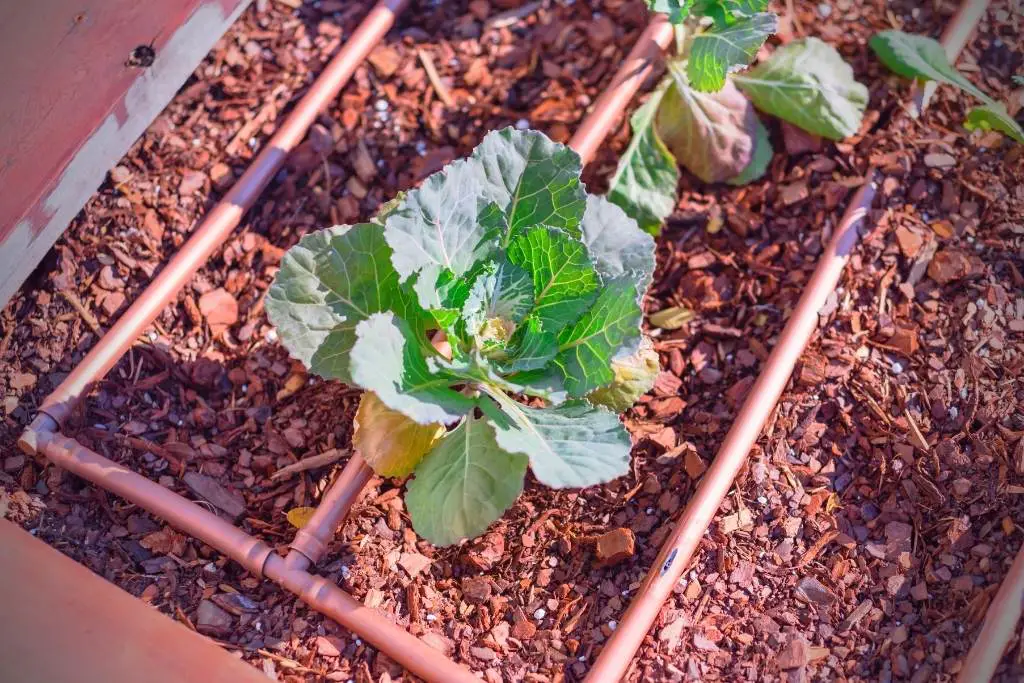
The presence of multiple important antioxidants makes it different from other vegetables as it supports healthy cells and tissues of your body. Antioxidants are substances that can prevent or slow damage to cells caused by free radicals, unstable molecules that the body produces as a reaction to environmental and other pressures. It is also effective against cancer and improves your immune system.
Broccoli likes cold weather, so you should plant it at the end of the summer. For a fall broccoli crop, young plants should be transplanted into the garden in late summer, six weeks before the first frost. There are different varieties of broccoli, if you grow your own broccoli from seed you can seek out these special varieties. It needs moisture and rich soil without attention it will produce healthy vegetables for you.
Important Factors for Growing Broccoli
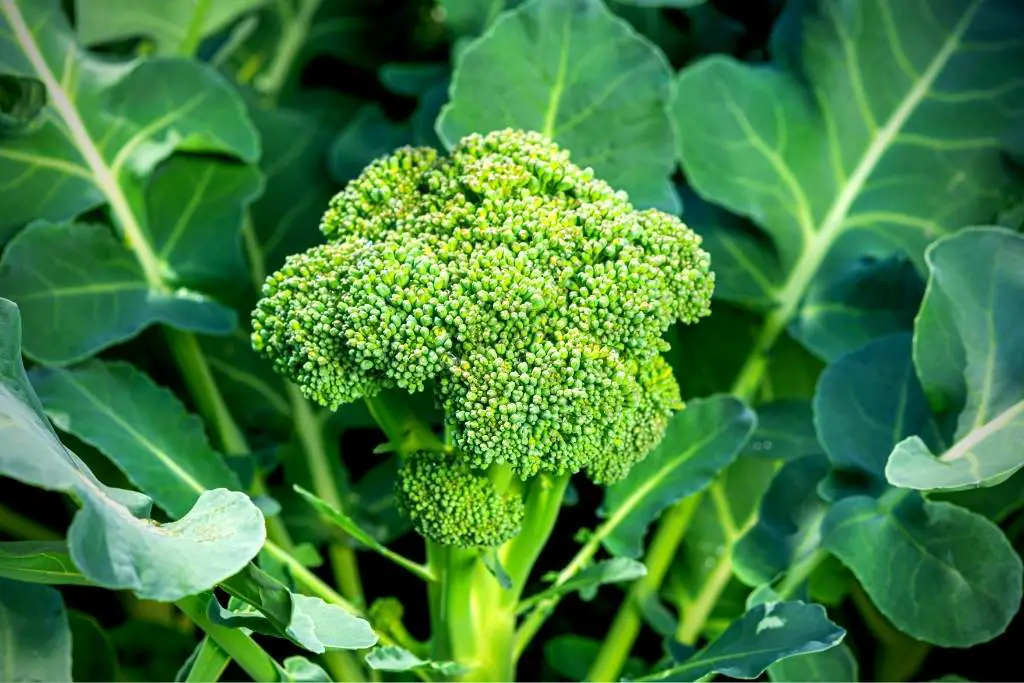
- Sunlight is very necessary for the growth of a plant. In the same way, broccoli needs full exposure of sun, especially, about 6 to 10 hours per day. If sunlight does not reach the plant then thin, Leggy plants and subpar heads are produced.
- It needs full moisture in the soil that drains well. The fertility of the soil, another factor that is necessary for the good production of broccoli.
- In a raised bed, it is very easy to increase the fertility of the soil, as mentioned above fertile soil is very important for the growth of broccoli. At least two to four inches of rich compost or a thin layer of manure should be added to the soil.
- The pH of the soil should be acidic and it is between 6.0 and 7.0.
- For the best germination, the temperature required for broccoli seed is as low as 40°F or 4°C. If you want to speed up the development process then the soil must be warmer.
- The seeds of the broccoli should be planting before 85 to 100 days before the first fall frost. In this way, you will get the high-temperature soil or start seeds in late May.
Also Read: How to Build Raised Garden Beds?
Varieties of Broccoli
Choosing the right variety of broccoli and make possible, availability of all the things which are necessary for growing broccoli to produce the biggest and tastiest heads of broccoli. Keep in your mind to be selective with broccoli varieties. There are different varieties of brothers some are designed to perform best when planted in spring and these varieties are Blue Wind, Express, Belstar, and Fiesta.
The varieties which are planted later in summer for a fall crop are Arcadia, Green Magic, Gypsy, Marathon, Arcadia, Belstar, and Packman. You should take care of when and how our variety develops its head.
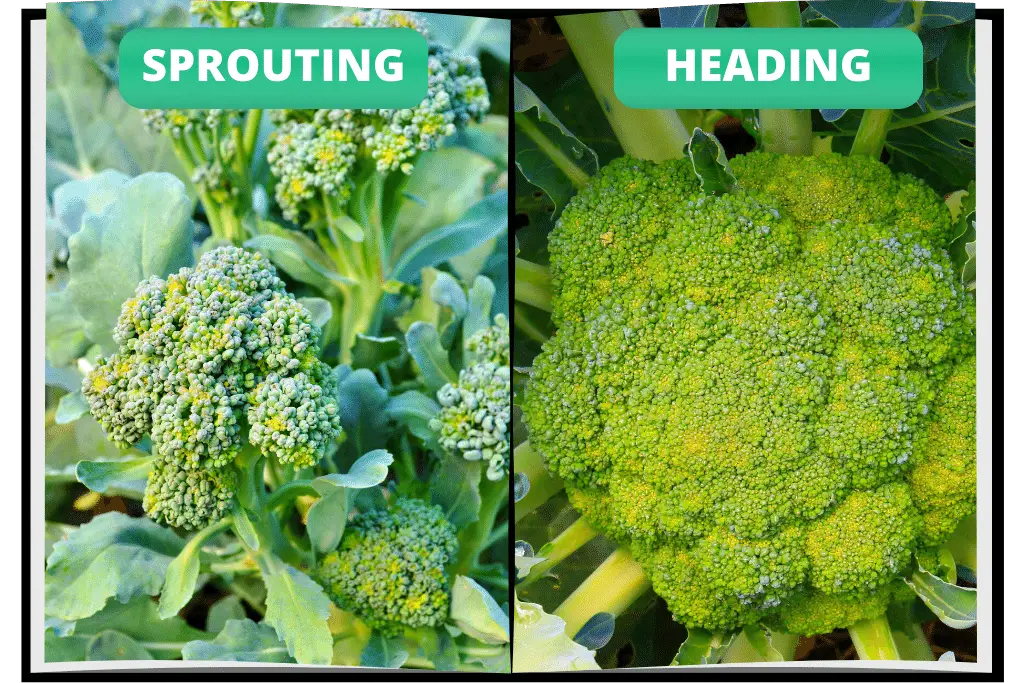
There are two types of broccoli
- Heading
- Sprouting
In heading type make is its shoot when its central head is cut. Sprouting types form lots of small florets within the leaf axils. Some heading types have excellent side shoot production while others mature their heads all at the same time perfect for freezing.
If you have a large place or space for gardening, then you can grow the variety of broccoli which is Romanesco. On the other hand, if you have a limited space you can plant it in your containers or raised beds there are different varieties available that use less than 1 square foot, for example, Small Miracle.
How to Plant Broccoli?
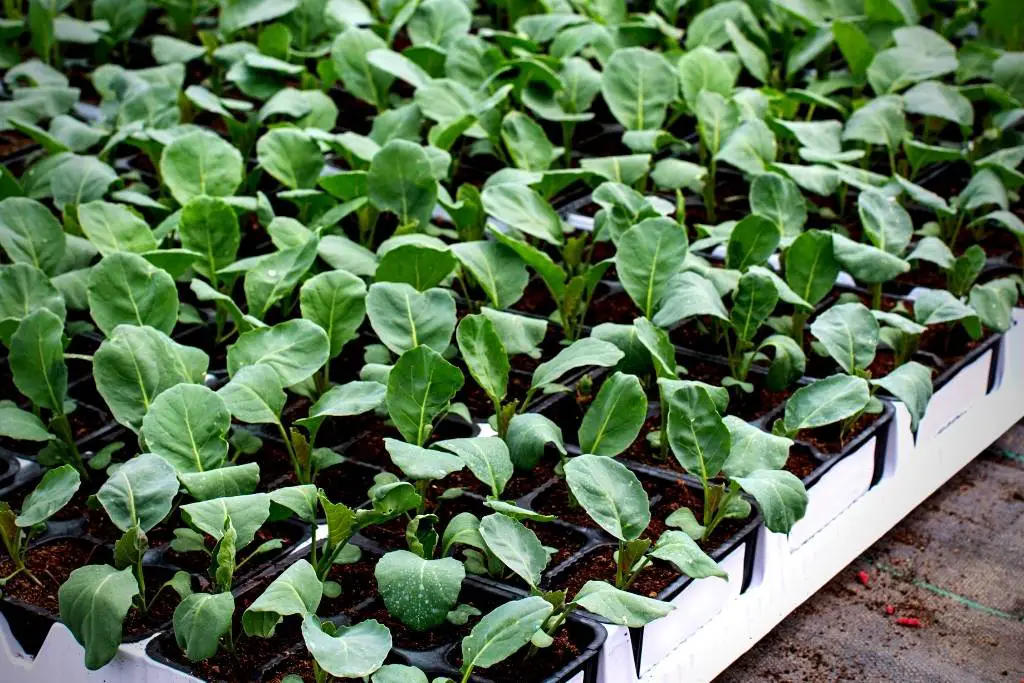
- The seeds of the broccoli should be sown about half an inch deep and 3 inches apart. When your seedling reaches the height of 2 to 3 inches make possible the distance between the two plants about 12 to 20 inches, because when the plant is growing it needs more water and nutrition from the soil.
- When you plant the broccoli in the raised bed then the holes in which you want to sow the seeds must be slightly deeper than their container depth.
- There must be three feet distance between the rows of broccoli. If you want your plant healthy then you have to follow the spacing between the plants.
- Fulfill the requirements of the water of broccoli plants. Water at least 1 to 1\2 inches per week.
- If you want to minimize the best rock cover should be used to protect your plant.
- To increase the growth of your plant use a low nitrogen fertilizer.
- Broccoli is a typically cold weather crop so keep in mind that it can actually do well in partial shade.
Also Read: Self Watering System for your Raised Beds
Tips For Growing Broccoli
- The temperature needed for growing broccoli is about 65° to 70°F or 18° to 21°C.
- The roots of the broccoli plant are very shallow, so don’t disturb them.
- If bottom, then top, leaves turn yellow, add blood meal.
- Add mulch to the soil it will help the temperature down.
- If you need a second head after harvesting the first one. You should maintain the water level and soil moisture.
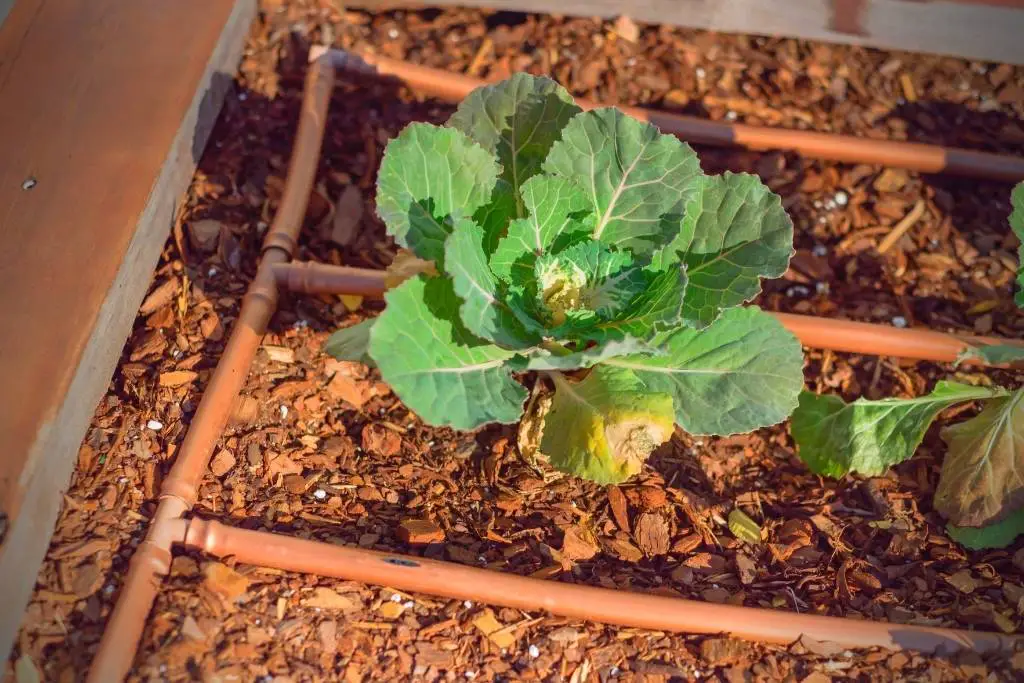
Broccoli can be sown up to 3 times in a season with multiple harvests, it provides you vitamins A, C, E, K calcium, selenium, folic acid, and potassium. The taste of fresh broccoli is very good. Steamed broccoli regular use lowers the risk of cardiovascular disease by reducing the total amount of cholesterol in the body.
If you have a deficiency of Vitamin K then broccoli can fulfill your requirements. An adult needs one mcg of vitamin K per kilogram of the bodyweight, which means 75 kg of adult would need 75 mcg of vitamin K a day. Just 100g steamed broccoli provides 145 mcg of Vitamins K, so this nutrient can be easily achieved through diet alone. Raw broccoli is good for your health because it contains all the nutritious elements.
Harvest.
For harvesting information, you can also check the packet of the seeds on which all the information about the average number of days to days is given. Very carefully examine when it’s time to pick the broccoli, the best time for harvesting is in the morning when the buds of the head are firm and tight.
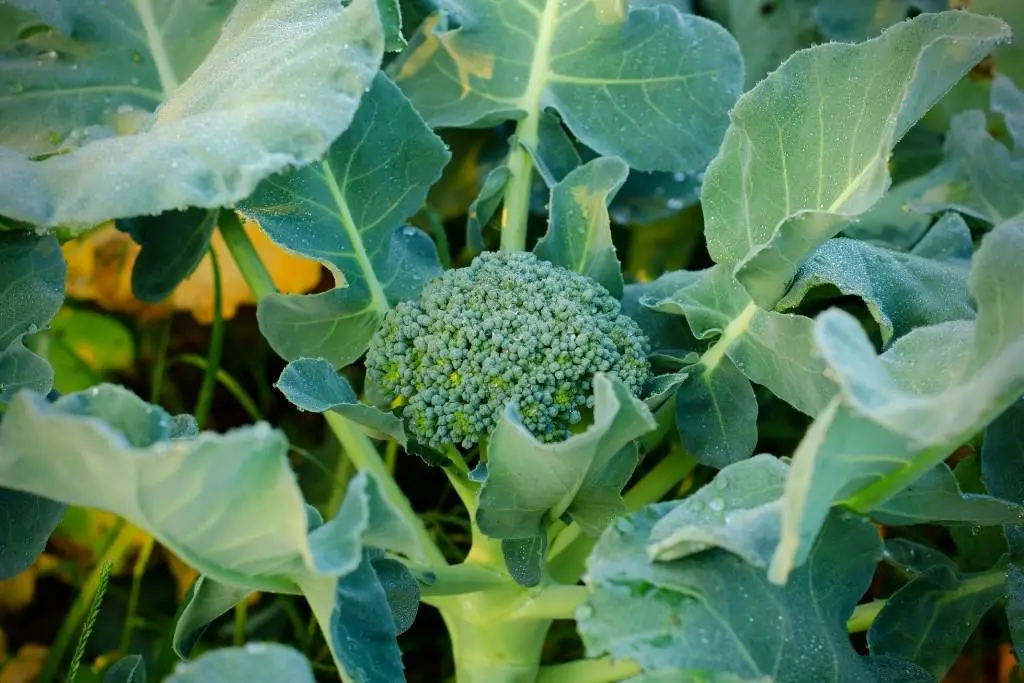
If the florets on the outside edge of the head are large and full this is another helpful indicator that you are good in a good position to harvest but don’t wait too long. If you see the petals are growing yellow then harvest it immediately, because the quality of the vegetable will decrease quickly.
Carefully cut the plant and only takes 6 inches of the stamp. Most varieties have side shoots that will continue to develop after the main head is harvested. This is an interesting thing that you can harvest from one plant for many weeks. Sometimes the period is so long, from spring to fall,l if your summer is not too hot.
Storage of Broccoli
1- You can refrigerate Broccoli, up to five days. Wrap your broccoli in a paper towel before storing it in the refrigerator. This will provide a healthy and moist environment to your Broccoli and it will stay fresh for 3 to 5 days, in the refrigerator.
2- It is good to eat broccoli fresh but if you want to store it, make sure you dried the vegetable if you wash it before storing it.
3- You can freeze broccoli, up to one year. Cut the broccoli head into smaller pieces, boiled all pieces for 3 minutes. Immediately give an ice water bath and let them sit for another three minutes. Now drain and dry the broccoli, remove all excess moisture with a paper towel. Now you can store broccoli in an airtight container in the freezer for up to 12 months.
4- Treat your broccoli like a bouquet. First of all, fill a glass or jug with a few inches of water. Put the broccoli into the glass making sure the ends are submerged. Store in the fridge for 3 to 5 days, change the water daily.
